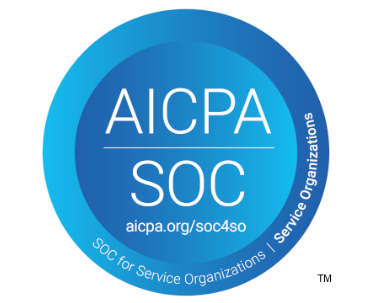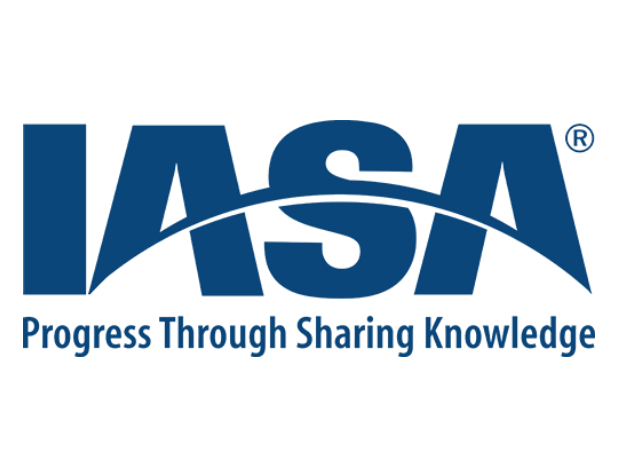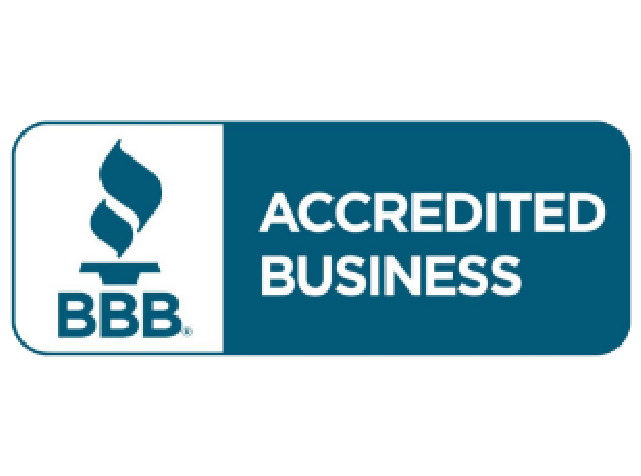Home / News & Insights / August 20, 2025 / ...
B2B Collections Training Guide Building the Workforce of Tomorrow

Running a high-performing collections team has never been more challenging. Between shifting regulations, tech-driven disruption, and increasingly savvy debtors, simply “keeping the phones ringing” is no longer enough.
To thrive, your team needs more than occasional training slides. They need a structured, evolving program that blends the best of human skills with smart use of technology. That is exactly what our new Collections Training Blueprint is designed to deliver.
Below, we’ll give you a preview of the key ideas inside the guide and why they matter. If you want the full set of strategies, frameworks, and checklists, you can download the complete blueprint here.
Why Human Skills Still Win in a Digital World
Automation has transformed many aspects of collections. From automated reminders to online payment portals, the tools available today are powerful, but they can’t replace a skilled human negotiator.
When a debtor is hesitant, upset, or facing genuine hardship, it’s empathy, tone, and rapport that make the difference. AI can analyze data, but it can’t read between the lines in a tense phone call or build trust over time.
In our guide, we show how to train these “human edge” skills and why they’re your most valuable asset in a tech-heavy environment.
The Three Core Competencies Every Collector Needs
In a market where performance is under constant pressure, the most successful collectors excel in three areas:
- Communication – Clear, calm, and persuasive conversations that defuse tension and move towards resolution.
- Patience – The ability to stay focused and professional through objections and delays.
- Empathy – Understanding the debtor’s situation and showing respect without weakening your position.
The guide breaks down how to teach, reinforce, and measure these skills in ways that stick.
Digital Tools: Best Friend or Biggest Distraction?
Digital platforms can streamline collections, but used badly, they can stall recovery.
Common pitfalls include relying on email instead of voice calls, overusing social media, or assuming that offering a payment portal means the job is done. Even with convenient options like credit card and EFT payments, you still need the skills to encourage action.
Inside the guide, we share practical strategies to help your team integrate digital tools without losing the personal touch.
Recruiting and Retaining the Next Generation
The calibre of your people directly impacts your recovery rates, so hiring for potential is just as important as hiring for experience. Some of the best collectors come from outside the industry, bringing transferable skills from customer service or hospitality.
Retention is another challenge. High turnover costs more than lost headcount. It erodes client relationships and institutional knowledge. Our blueprint outlines onboarding, mentoring, and career development tactics that keep talent engaged and performing.
 Building a High-Impact B2B Collections Training Program
Building a High-Impact B2B Collections Training Program
One-off workshops will not cut it. Effective training is continuous, adaptive, and linked to real-world performance.
Our recommended four-step approach covers:
- Securing buy-in from leadership and staff
- Identifying skill gaps with clear assessment tools
- Using varied training methods such as role-play, mentoring, and call reviews
- Measuring results beyond just recovery rates
The guide includes example training modules and KPIs to track progress, plus a diagnostic checklist to assess your current program.
The Brennan & Clark Advantage
We have spent more than 40 years refining our approach to B2B debt recovery. The Collections Training Blueprint distills that experience into actionable steps your team can use immediately, from enhancing negotiation skills to improving compliance and leveraging the right tech.
As our CEO Meg Scotty says in the guide:
“Effective training always pays off. Let’s future-proof your team.”
The collections industry is at a crossroads. Teams that combine human skill, smart recruitment, and strategic use of technology will not only collect more but also protect and even improve client relationships.
The Collections Training Blueprint is your roadmap for making that happen. Whether you’re onboarding new hires or sharpening the skills of seasoned professionals, these strategies will help you build a team that performs consistently, ethically, and confidently.
Get the Full Guide
What you’ve read here is just the beginning. The full Collections Training Blueprint includes:
- Detailed role-play scenarios for every type of debtor
- Advanced negotiation techniques
- Technology integration tips and compliance safeguards
- A self-assessment checklist to pinpoint training needs
Download the full guide here and start building the collections workforce of tomorrow.






